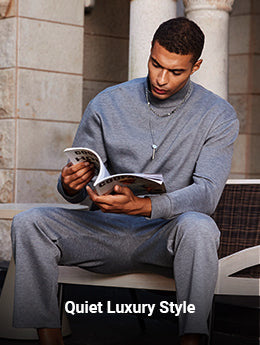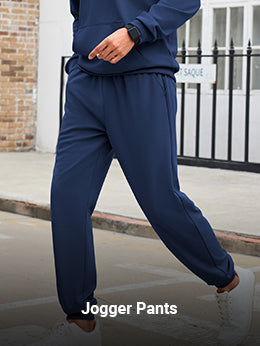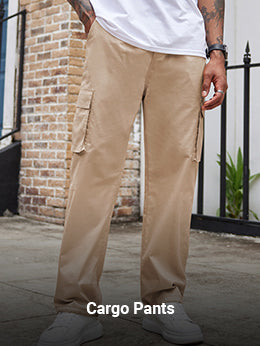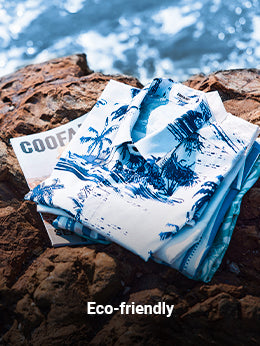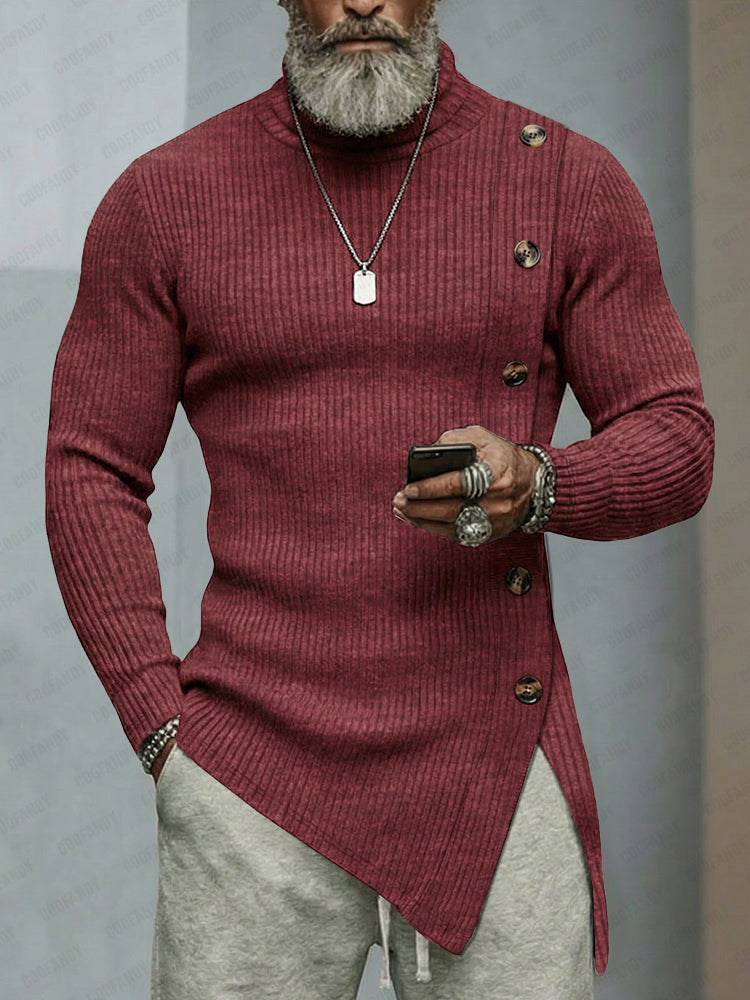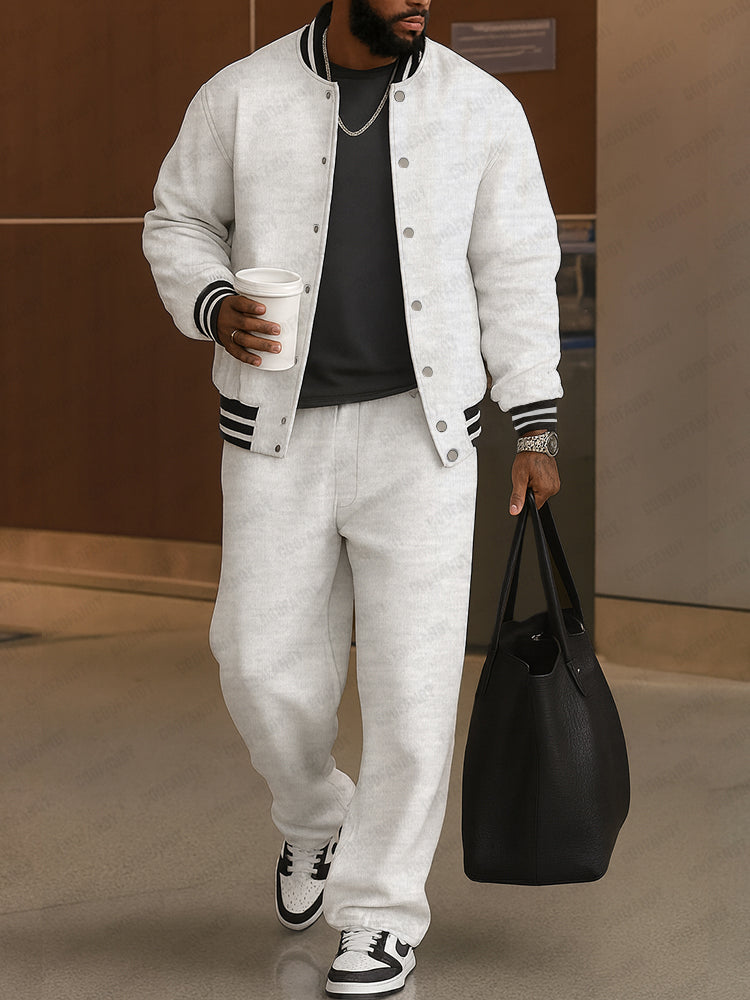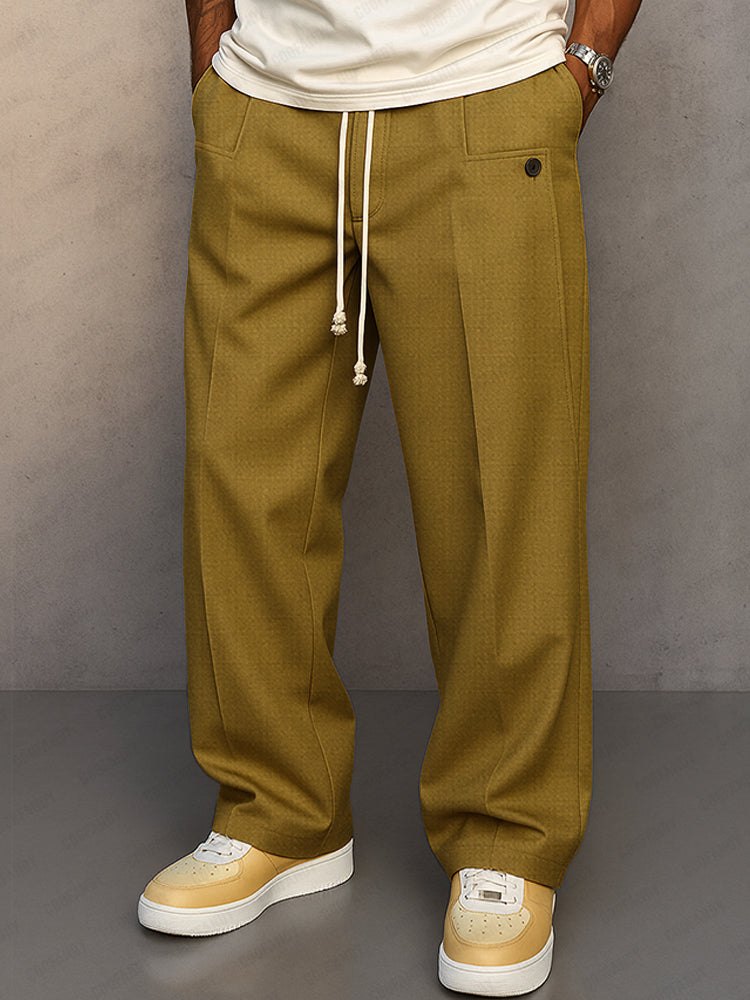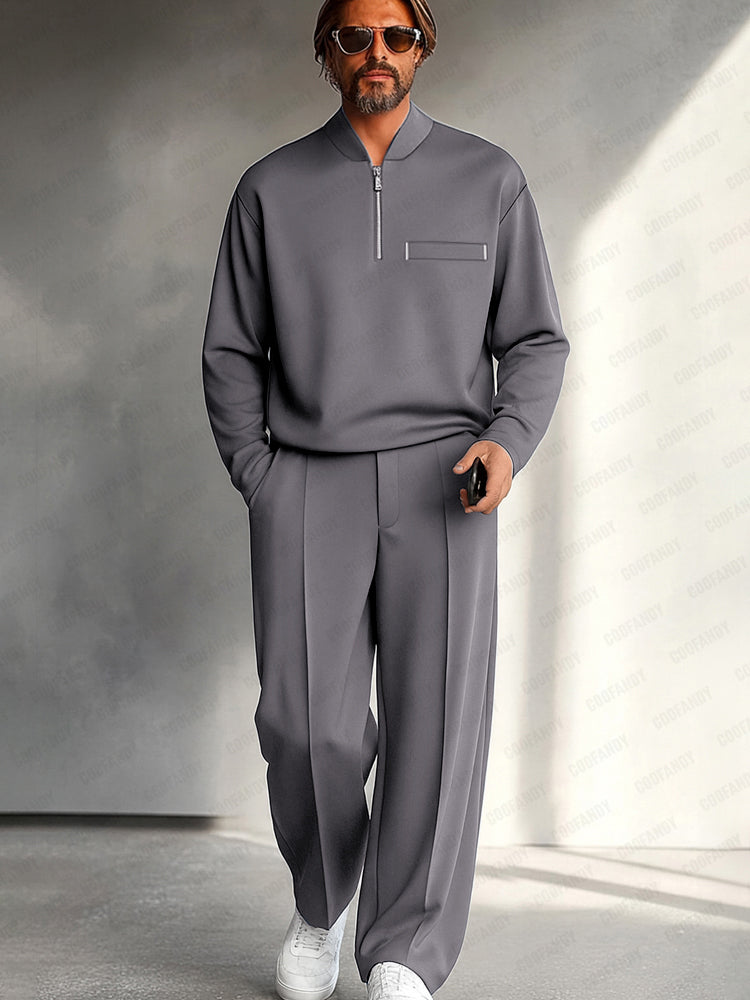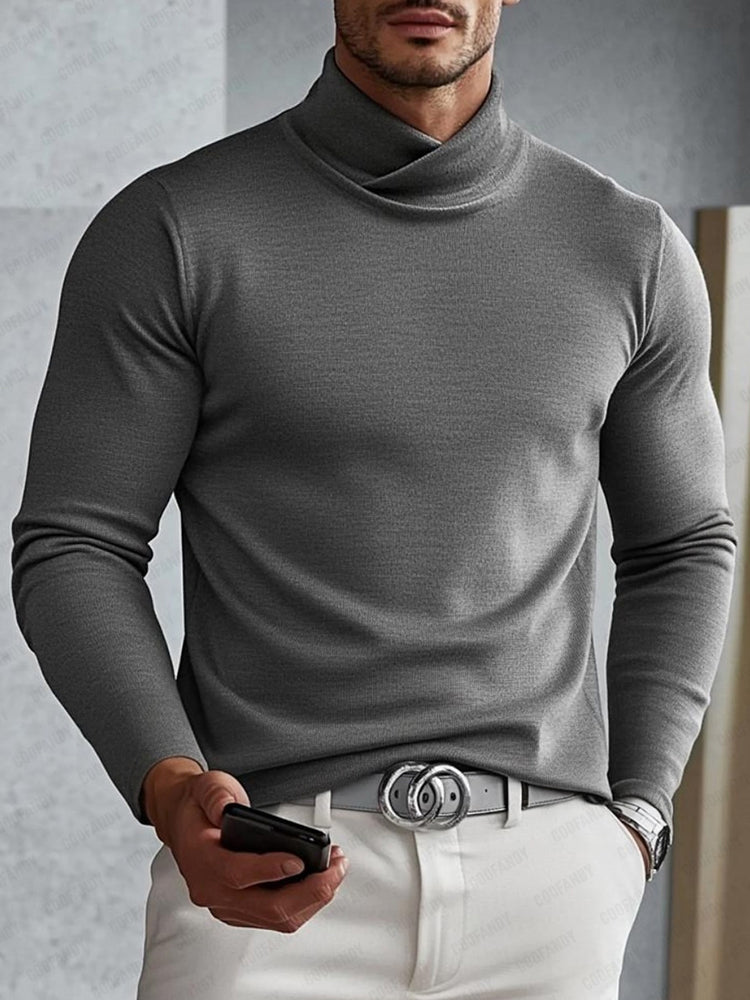How to Measure a Men's Dress Shirt: Size Guide?
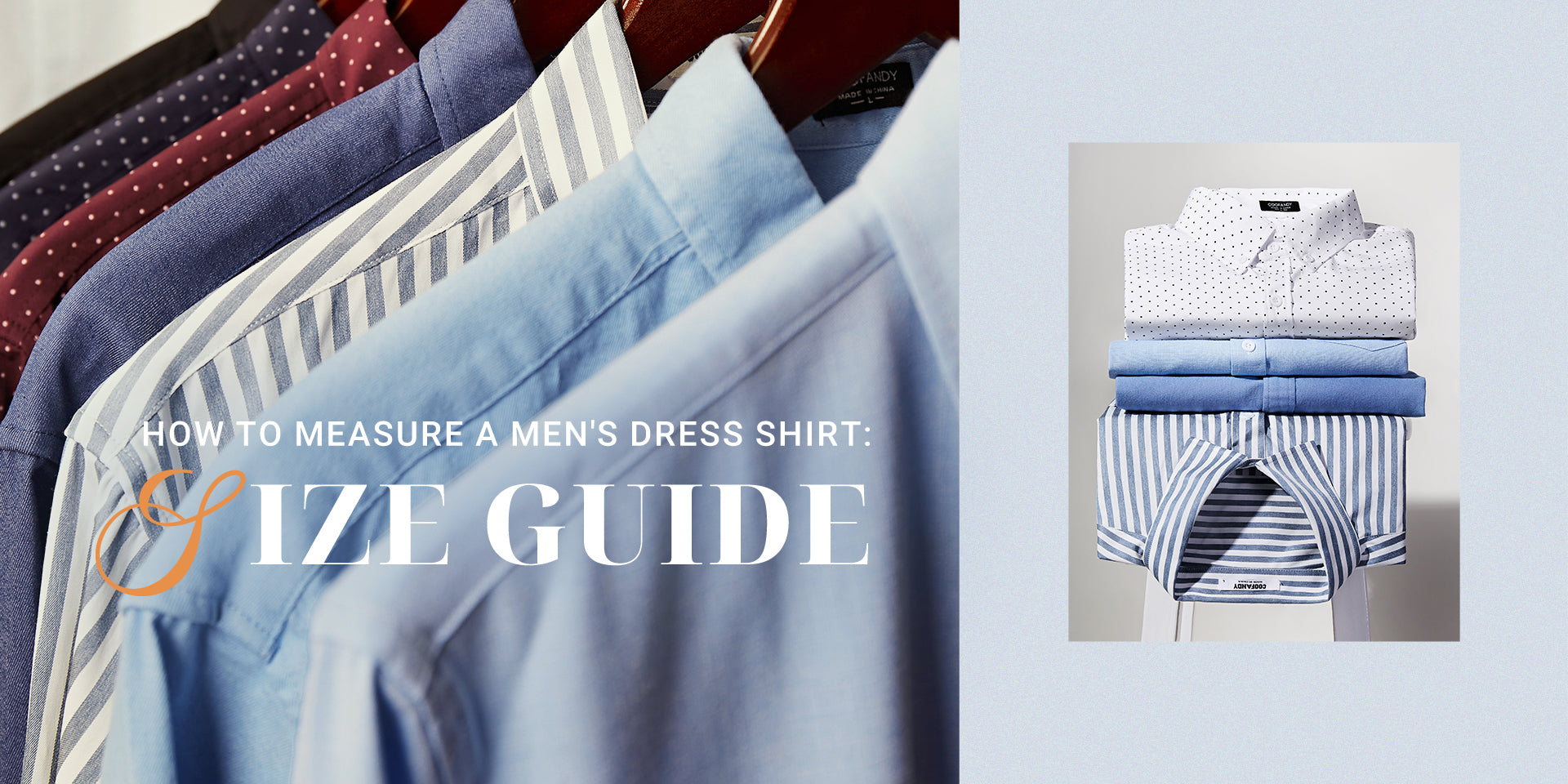
Purchasing that perfect men's dress shirt is not all about selecting a style or color. So you should understand how to measure your body and learn about the shirt sizes to get a good fit. The one that fits well is not only beautiful but also comfortable to wear all day. This guide will teach you how to measure men's dress shirts, detail the sizes of shirts, and determine the best one to suit your body type.

Learn about the Standard Sizes of Men's Dress Shirts
In the case of men’s dress shirts, the size is identified with two main measurements, which are the collar size and the sleeve length. The initial number is the collar measure, which is taken around your neck. The second measurement is the sleeve length, which is taken from the shoulder seam to cuff. These two numbers are normally in inches and can be used to get a proper fit.
The collar size begins at 13 inches and goes on in half-inch steps, up to 19 inches. The sleeve length is mostly available in two variations: either short or long. Good manufacturers also put chest measurements so that you have a better idea of how it would fit.
Dress Shirt Size Chart
Here’s a simple size chart to help you understand how to measure your men's dress shirt size:
|
Collar Size (inches) |
Sleeve Length (inches) |
Chest Size (inches) |
|
13 - 13.5 |
31 - 32 |
34 - 36 |
|
14 - 14.5 |
32 - 33 |
36 - 38 |
|
15 - 15.5 |
33 - 34 |
38 - 40 |
|
16 - 16.5 |
34 - 35 |
40 - 42 |
|
17 - 17.5 |
35 - 36 |
42 - 44 |
|
18 - 18.5 |
36 - 37 |
44 - 46 |
|
19 |
37 - 38 |
46 - 48 |
The above shirt sizes will provide you with a base. Keep in mind that all the brands may fit slightly differently in terms of size; however, this chart will assist you in being very close to finding your ideal fit.
Check Out the Best Casual Summer Wrinkle Free Dress Shirt.
How to Measure a Dress Shirt
To find your perfect fit, it’s important to measure the key areas correctly. Here’s how:
-
Collar Size: Wrap a soft measuring tape around the bottom of your neck where the collar will lie. Wrap the tape firmly but not tightly, and do not create any additional room in there to make it comfortable. It is the collar size of your shirt.
-
Sleeve Length: In order to measure your sleeve length, begin from the top of your shoulder and measure straight down to your wrist bone. Remember to keep your arm relaxed at your side to ensure the most accurate results.
-
Chest Size: Measure around the fullest chest area, with a tape measure comfortably snug but not tight. This is a particularly crucial measurement when you want a more customized or fitted shirt.
-
Waist Size: Waist size is not usually needed on dress shirts, but may be useful on fitted shirts. Measure around the natural waist, above the belly button.
-
Shirt Length: This is measured vertically from the center back neckline (collar seam) down to the hemline at the hip level.

A Guide to Choosing the Right Size for Men's Dress Shirts
Choosing the right size is crucial for comfort and style. Here’s a basic guide to help you:
-
Regular Fit: It is the most standard fit, and most men will suit it. It is not too loose. It allows you freedom of movement and is ideal for everyday use.
-
Slim Fit: In case you want a trim fit, a slim fit is the one. These shirts fit your body tight, making the outlook slim and contemporary.
-
Muscle Fit: Designed specifically for muscular body types, this fit features broader shoulders and sleeves to accommodate muscle mass, while tapering at the waist to highlight a V-shaped silhouette. It's ideal for those with a strong upper body and a slimmer waist.
For example, here are a few great options for your consideration:
-
Dress Shirts for Men: A variety of styles and fits for every body type.
-
Dress Button Down Shirts: Perfect for formal events or business wear.
-
Muscle Fit Dress Shirts: Ideal for those with a muscular build, offering a comfortable fit.
-
Business Long Sleeve Slim Fit Dress Shirt: A great choice for business meetings or office wear.

FAQs
What if my collar feels too tight when I button it up?
A collar that is tight may be too small. The solution to this would be to size up a collar or find a shirt with a looser fit.
Can I use my T-shirt size to buy a dress shirt?
No, T-shirt sizes do not match dress shirt sizes. A dress shirt has more sensitive measurements to be taken, especially the collar and the sleeve length.
My chest is broader than the size chart. What should I do?
When you have a big chest, it is important that you select a dress shirt that is wider cut or one that is in a muscle fit style. Lots of brands provide large chest custom sizes as well.
Do different brands have different sizing?
Yes, sometimes the sizes differ a bit among brands. To be on the safer side, it is always good to look at the size chart indicated by the brand before ordering.
What’s the difference between slim fit and regular fit?
Slim-fit shirts are narrower and have a more fitted appearance. Regular fit shirts are looser and more comfortable. A slim fit will give a modern look, and the regular fit will be easier to move around in.
Can I take my measurements without help?
Yes, you can measure yourself with a mirror or a guide. However, it is more convenient to have a helper in order to obtain precise results.

Conclusion
The important thing when finding the right fit for your men's dress shirts is to measure them. With this information at hand (collar size, sleeve length, and chest measurement), you will be in a position to purchase dress shirts that will not only feel good but also fit perfectly. So, when selecting your shirt, keep in mind that proper size and fit can greatly enhance the appearance of your shirt and your level of confidence.
